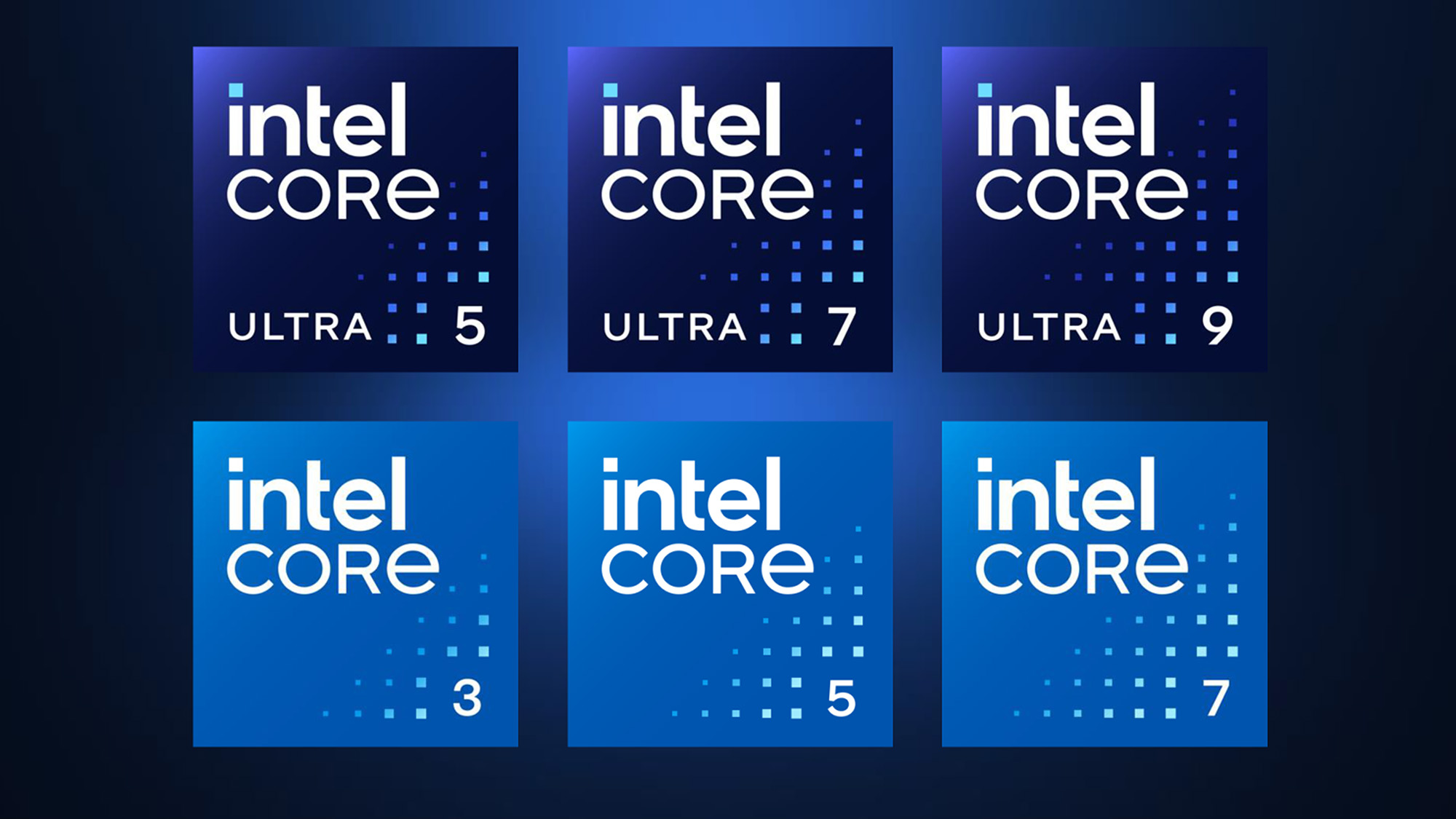What I want to see from Intel in 2024
How is Team Blue positioned for 2024?

For the past decade, there wasn’t a better combination than having a top of the line Intel CPU and Nvidia GPU when it comes to PC gaming. Now, things have definitely changed. The introduction of Intel’s Arc line-up of GPUs have put both Nvidia and AMD on notice. They offered DirectX 12 Ultimate compatibility, ray tracing, resolution upscaling and came with a respectable amount of VRAM.
Besides coming in around 2022 at an approachable price, they’ve also gone the third-party manufacturer route as well. The Arc GPUs may currently lack the performance benchmarks of Nvidia and AMD but reception has genuinely been positive. One year in, reports have found that Intel has 4 percent of the GPU market with plenty of room to grow.
Intel’s bread and butter has been CPUs and the company managed to recently secure 61 percent of the general market against AMD. As 2023 inched toward a close into the new year, Intel began rolling out its Meteor Lake processors which also ended its “i” naming tradition for its Core line of processors.
Socket desktops will also soon be getting Arrow Lake as well. The approaches Intel has taken to CPUs and GPUs sees the company making a fresh start for itself and here how we think the new year will play out for them.

Various improvements on Arc GPUs
We appreciated the Intel Arc A750 alongside the higher Intel Arc A770 for being able to provide respectable 1080p and 1440p performance. However, they both trailed behind low-to-mid tiered offerings from both Nvidia and Intel as mentioned previously. Problems that crossed both Intel GPUs included a ridiculous usage of power, ray tracing alongside upscaling that wasn’t up to par, compatibility with older Direct X games and even some newer games. High profile games like Starfield wouldn’t even run on the GPU.
Hopefully, Intel will come back swinging again with the Battlemage GPUs that are confirmed to be in development. According to reports, a release date seems to be near the second half of 2024 with an aim to tackle budget all the way to high end models. This means that Intel also has to be working with various developers for some form of software parity between itself, Nvidia and AMD.

Arrow Lake processor keeps Intel in the processor lead for desktops
The Raptor Lake Refresh line, including the phenomenal Intel Core i7-14700K, will be the last Core i-series for desktop before the rebranded Core and Core Ultra chips land, while Meteor Lake for laptops and all-in-one PCs roll out in earnest in early 2024.
Sign up for breaking news, reviews, opinion, top tech deals, and more.
This leaves room next year for Intel to push an announcement and eventual release for Arrow Lake desktop CPUs to further it's enthusiast desktop silicon. Though there isn't too much information available on performance and specs, there are a few things that are for certain. First, Arrow Lake's integrated graphics will feature Xe-LPG Plus, which is an improved version of the current-generation Intel Arc Alchemist GPUs.
Second, the CPU will be compatible with current-generation CPU coolers like Azza's Cube 240 and 360, designed for the LGA1851 socket which Arrow Lake will use. This means that current cooling solutions can be used with Arrow Lake PCs, potentially saving users money. While Arrow Lake's socket has a higher dynamic pressure rating, it likely won't require a new mounting kit.

Meteor Lake changing the game for laptops and even handheld gaming PCs
Using the Intel 4 CPU architecture with 7 nm lithography, Meteor Lake hopes to provide a substantial performance boost compared to the previous generation with greater power efficiency. When it comes to upcoming laptops – using the listings from a Bulgarian retailer – hint at the pricing and specs of two models based on Lenovo's Yoga Pro 7. That’ll come with 32GB DDR5 memory and 1TB SSD, feature 14.5-inch 3K touchscreens with a 120Hz refresh rate.
These chips could also power affordable gaming laptops and handheld PCs in the future which could potentially challenge AMD's Ryzen Z1 Extreme chip, favored in popular gaming portables like the Asus ROG Ally. A leak of a 3DMark gaming test for the Core Ultra 7 155H processor with integrated Arc Alchemist graphics shows strong graphics performance. Although AMD's Z1 Extreme leads in overall processor performance, Intel's Core Ultra 7 excels in graphics.
Chip plans for smartphones and tablets
Earlier this year, Intel and Arm formed a partnership that could possibly revolutionize mobile and digital device technology. While Intel dominates PC processors, it has lacked presence in energy-efficient chips for mobile devices. This collaboration between Intel Foundry Services and Arm Ltd., known as design technology co-optimization (DTCO), centers around Intel's 18A chip fabrication process.
The process is set to begin risk production in late 2024, with co-designed Arm chips expected by year-end. Intel aims to compete with chip foundry giants like TSMC and Samsung by offering foundry services to fabless companies, potentially lowering chip costs through increased competition. Does this mean that Intel could be potentially creating mobile device chips that can compete against Apple’s M3 or Qualcomm’s Snapdragon as it attempts to gain ground in the GPU lane? Only time will tell.

Ural Garrett is an Inglewood, CA-based journalist and content curator. His byline has been featured in outlets including CNN, MTVNews, Complex, TechRadar, BET, The Hollywood Reporter and more.